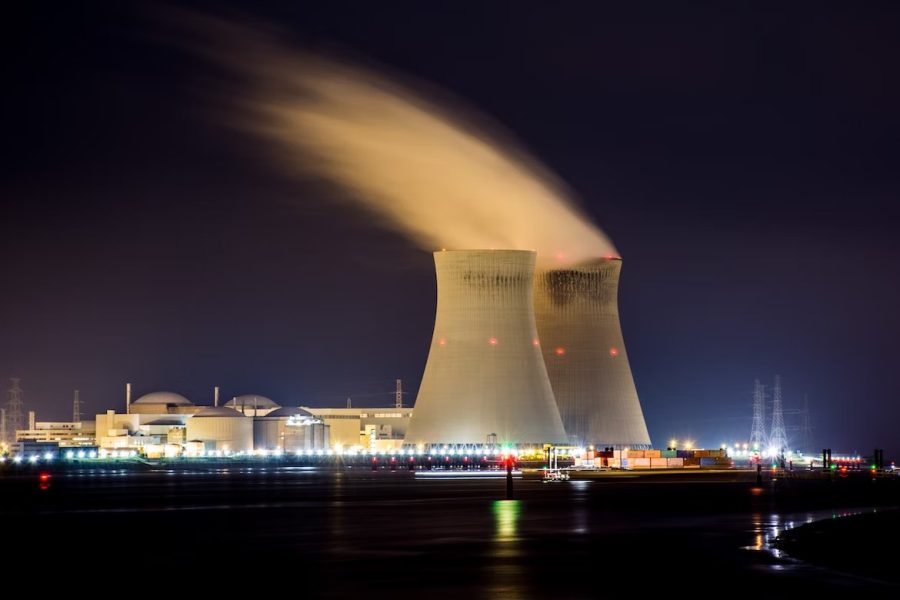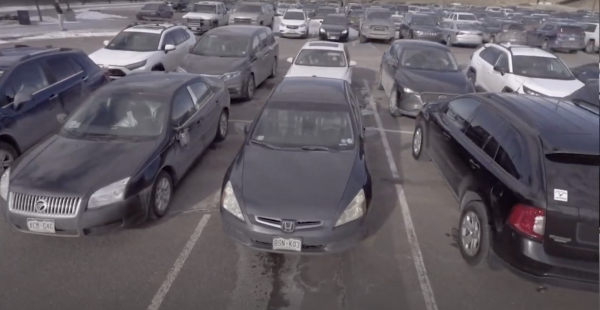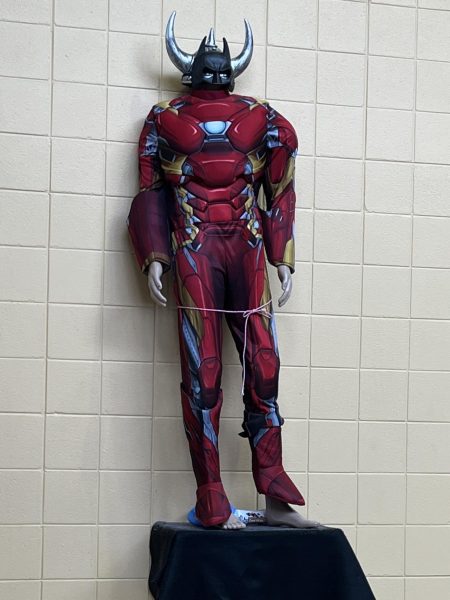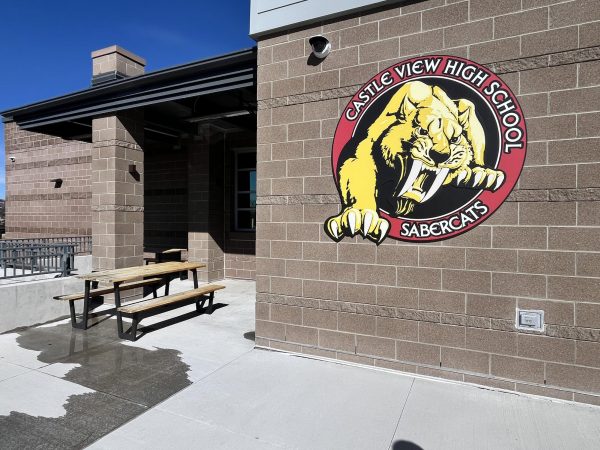We Need Nuclear
Nuclear power is safe, clean, reliable, and indispensable to a green transition.
Nuclear power tends to make people wary, the phrase evoking fears of catastrophic contamination. However, the fear surrounding nuclear is not proportionate to its actual risks. In fact, nuclear is one of the safest, cleanest, and most reliable power sources we have for a post-fossil fuel world. To win the race against climate change, we have to learn to love nuclear.
First: the basics. Nuclear power plants generate power by smashing atoms together. Think of the start of a game of pool, when all the balls are in a triangle in the center. You shoot the cue ball at the balls in the triangle, and the energy delivered by your shot causes the balls to scatter. Now imagine if instead of one triangular clump of pool balls, there were many, all of them next to each other. After you shoot the cue ball, the balls scattering from the first triangle would hit the surrounding triangles, causing them to scatter and hit more triangles, causing those balls to scatter, and so on.
That is how nuclear fission works. To kick off a fission reaction, you shoot a neutron (like a cue ball) at a uranium atom (like the triangle), which then splits and sends off more neutrons, starting a chain reaction. If you do this with a lot of heavy uranium atoms, they explode, but if you do it with lighter uranium atoms and less of them, you can manage the reaction so it generates heat, which can then be used to make steam that spins a turbine. Now you have electricity, which is useful for all sorts of stuff, like refrigerators and traffic lights and the computers that modern economies depend on. And the electricity generation itself produces no carbon emissions or air pollution.
Of course, life is hard and we can’t have nice things, so nuclear has to have a catch. It has two primary drawbacks.
First, nuclear power involves nuclear reactions, which require careful management so that your power plant does not become a future HBO miniseries. The normal operation of a power plant requires systems to moderate fission and shut the reaction down when things get too exciting. When those systems are disrupted, whether by technical failure or natural disaster, the nuclear reaction can get out of hand, which is bad for reasons that exist in the center of the Venn diagram between explosions and cancer. This is what happened at Chernobyl.
Even when your power plant works properly, spent nuclear fuel is radioactive. Radiation causes DNA damage to living organisms, which causes cancer. Thus, if you run a nuclear power plant, you have to be incredibly careful not to spill spent fuel into rivers and such, even when it’s tempting.
The second big catch for nuclear is that building plants is very expensive. According to a 2018 study by MIT, the biggest barrier to nuclear in the US is extremely high up-front costs. Now, high costs are to be expected for sophisticated nuclear plants; when the consequence of failure is your nuclear plant becoming a nuclear bomb, you don’t want to pinch pennies. However, it does make nuclear plants a cost-prohibitive investment.
None of this sounds like a great argument for nuclear. What’s vital to understand is that nuclear’s problems are solvable, and that the non-nuclear power sources we currently use are either far more dangerous or far less reliable than nuclear.
Nuclear power plants are incredibly safe. Waste is a solved problem. According to the US Department of Energy, spent fuel is stored in pools, where water absorbs radioactivity, then put in reinforced casks that contain radiation so well that you could safely sit on one. These casks have been transported within the US more than 2,500 times with no accidents.
What scares people about nuclear are the disasters–meltdowns that happen when something goes very wrong, with Chernobyl being the prime example. According to the US Nuclear Regulatory Commission, the Chernobyl accident was caused by a series of preventable safety “lapses,” which we have learned from to prevent a similar accident from happening. The consequences of Chernobyl were 28 radiation poisoning deaths and “about 6,000 thyroid cancer cases,” of whom 15 died. A study of people who worked in the Chernobyl zone found an 18% increase in cancer incidence but no change in mortality. These effects are severe, but Chernobyl was an exceptional incident unlikely to be repeated, and in any case these effects are miniscule compared to fossil fuel deaths.
When we talk about safety, we cannot leave out the safety (or lack thereof) of the non-nuclear power sources we currently use. Most power worldwide comes from fossil fuels, which are incredibly unsafe. Our World in Data drew on studies from 2007 and 2016 to publish statistics on the lethality of various power sources, measured as deaths per terawatt hour of electricity. Coal is responsible for 24.62 deaths per terawatt hour; oil, 18.43 deaths; and gas, 2.82 deaths. Meanwhile, nuclear is responsible for 0.03 deaths per terawatt hour. Put another way, for every one person nuclear power kills, gas kills 94, oil kills 614 and coal kills 821. If you like absolute numbers, a study reported on by The Guardian found that air pollution caused 8.7 million deaths in 2018. Choosing to burn fossil fuels because you think nuclear is dangerous is like driving across the country because you’re afraid of flying. Plane crashes make the news, and car crashes don’t. But the reality is that planes are safer. It’s the same story here.
The second reason we need nuclear is that, as the most reliable green power source, it is indispensable to decarbonization. According to the Department of Energy, nuclear accounts for half of US green energy. Other green power sources exist, notably solar and wind. However, according to analyst Peter Zeihan, these sources alone cannot meet the US’s energy needs, due to the inconvenient fact that solar and wind depend on sun and wind, and it is not sunny and windy all the time in all the places where people are used to having refrigerators and traffic lights. Instead, solar and wind alternately generate too much power and not enough power as sun and wind come and go. Providing a constant supply of power from these sources would require battery technology that does not yet exist. Uranium atoms, on the other hand, will happily knock each other about no matter the weather, providing cities with steady power.
To close out this piece, let’s look at the energy policy parable of France and Germany. According to the World Nuclear Association (WNA), in 1974 France decided that nuclear was totally rad and that they should invest in nuclear power. (Note: the WNA is a nuclear industry association.) The WNA reported, “As a result of the 1974 decision, France now claims a substantial level of energy independence and an extremely low level of carbon dioxide emissions per capita from electricity generation, since over 80% of its electricity is from nuclear or hydro.” Because of this, electricity in France is cheap, allowing France to sell energy to other nations, as opposed to having to buy it.
Germany’s situation is different. According to MIT, Germany used to have several nuclear plants, but after the Fukushima incident in Japan in 2011, the Germans decided to shut their plants down, even though the “radiological consequences [of Fukushima were] minimal.” Instead, according to the BBC, Germany decided to buy natural gas from Russia. Thus, in early 2022 the Germans found themselves in the uncomfortable position of energy dependence on a country that had just rediscovered a passion for genocidal wars. Germany ended up spending six billion euros to be able to import liquid natural gas from other nations. The gas doesn’t cover everything, so for the remainder, the Germans are using high-tech, futuristic … coal. You know, the stuff that kills 821 times more people than nuclear while also cooking the planet. Maybe they shouldn’t have shut down their nuclear plants. The lesson here is don’t be like Germany. Be like France.
There can be no doubt now that climate change is real. A rapid phase-out of fossil fuel energy is needed to keep the rising waters at bay. This cannot be accomplished without nuclear power.
Nuclear power is not zero-risk. Every system has a potential for accidents. Nuclear is also very expensive. However, the risks and the costs of nuclear are utterly tiny when compared to the known devastation wrought by fossil fuels. Nuclear is the plane and fossil fuels are the car. Lots of people are afraid of flying. Few people are afraid of driving. But just because cars are a danger we’re used to doesn’t make them any less dangerous.
Get on the plane.












